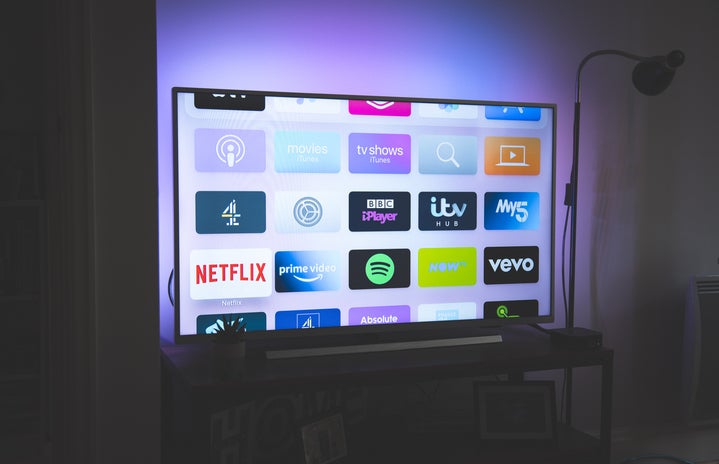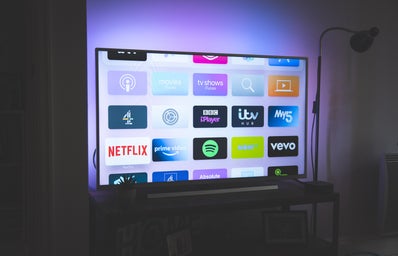In a time when streaming services like Netflix, Spotify and Disney+ seem to reign supreme, a surprising trend is emerging: physical media—such as DVDs, CDs and even cassettes—is making a notable comeback. Despite the ease and convenience of digital platforms, many people opt to revisit these older, tangible formats. The reasons are varied, ranging from sustainability concerns to the simple desire to reclaim a sense of nostalgia and ownership over their favorite entertainment.
The Appeal of Physical Media
One of the biggest draws of physical media is its reliability and the satisfaction of actual ownership. While highly convenient, streaming platforms are often unpredictable—licenses expire, content is removed without notice and subscribers can lose access to their favorite films, shows, or albums. With physical media, consumers have complete control. Once you own a DVD, CD, or cassette, it’s yours to keep and enjoy whenever you like, without the looming threat of it vanishing from a digital library or hidden behind fluctuating subscription fees.
There’s also a certain tangibility that comes with physical formats that digital content lacks. A collection of DVDs on a shelf or vinyl records in a crate becomes a personal archive that you can touch, organize, and display. It’s a form of media consumption that feels far more intimate than the transient nature of streaming services.
A Sustainable and Long-Lasting Alternative
Another major factor driving the resurgence of physical media is sustainability. Streaming services are powered by massive data centers, which require enormous energy to run, contributing to a growing carbon footprint. On the other hand, while not without its environmental costs, physical media tends to offer greater longevity. A well-preserved DVD or vinyl record can last for decades, providing entertainment without constant upgrading or renewal.
Moreover, physical media can be repurposed or passed on. Thrift stores, antique shops, and even local libraries are packed with secondhand DVDs, CDs, and cassettes, many of which are in excellent condition. By purchasing used media consumers can enjoy a more eco-friendly alternative to streaming, which often promotes a culture of consumption and constant churn through vast libraries of digital content.
The Challenge of Finding Equipment
While physical media offers many benefits, one of the challenges collectors face is finding equipment to play their collections. Modern technology has shifted away from built-in DVD players in TVs or CD players in cars, making it harder to find devices that accommodate older formats. However, this has kept enthusiasts. External disc drives, DVD players, and secondhand CD and cassette players are still available online, in electronics stores, or in thrift shops, making it relatively easy to track down the necessary gear to enjoy your collection.
This search can even become part of the fun for those particularly invested in retro media. Vintage tape decks, turntables and old-school boomboxes are functional and can add a retro aesthetic to any living space.
A Cheaper Alternative to Streaming Services
The financial benefits of collecting physical media are another reason many consumers are making the switch. The streaming landscape has grown increasingly fragmented, with each service offering its own exclusive content. As a result, many find themselves juggling multiple subscriptions just to access their favorite movies, shows and music—often at a high cost. In contrast, purchasing physical copies of beloved content can be a one-time investment, offering long-term value without monthly payments.
For example, buying a complete DVD set of a favorite TV show can be significantly cheaper over time than maintaining subscriptions to several platforms. And while physical media collectors may need to purchase hardware or invest in new releases, the overall cost can still be far lower than constantly paying for access to digital libraries that may never truly belong to the consumer.
Building a Collection: Where to Start
There are plenty of places to begin for those interested in starting their own physical media collection. Thrift stores and antique shops are often treasure troves, selling DVDs, CDs, and cassettes at a fraction of their original price. Larger retailers like Walmart, Target and specialty stores such as Half Price Books also offer new and secondhand media, making it easy to find popular titles without breaking the bank.
Many collectors recommend beginning with personal favorites—those movies, albums, or TV shows you know you’ll revisit time and time. Whether it’s a classic film, an iconic album, or a TV series that never gets old, focusing on what truly brings joy is a great way to start building a meaningful collection.
Libraries: The Overlooked Resource
Local libraries are a fantastic, often overlooked resource for those who are hesitant to commit to buying physical media. Many public libraries still carry DVDs, CDs and even Blu-rays, with collections spanning everything from the latest blockbusters to timeless classics. Borrowing physical media from a library offers an affordable and sustainable way to enjoy entertainment without relying on streaming services.
A Revival in a Digital Age
As streaming services continue to dominate the digital landscape, the resurgence of physical media proves that there is still a place for more traditional forms of entertainment. Whether it’s the nostalgia of popping in a cassette tape, the satisfaction of holding a favorite DVD in your hand, or the thrill of discovering a rare CD in a thrift store, physical media offers a lasting, personal, and tangible connection to the entertainment we love.
In an era driven by digital consumption, the revival of physical media reminds us that sometimes, the old ways—those that offer reliability, ownership, and a sense of history—are worth revisiting. For collectors and casual consumers alike, there’s something undeniably special about the physical formats that have stood the test of time.


